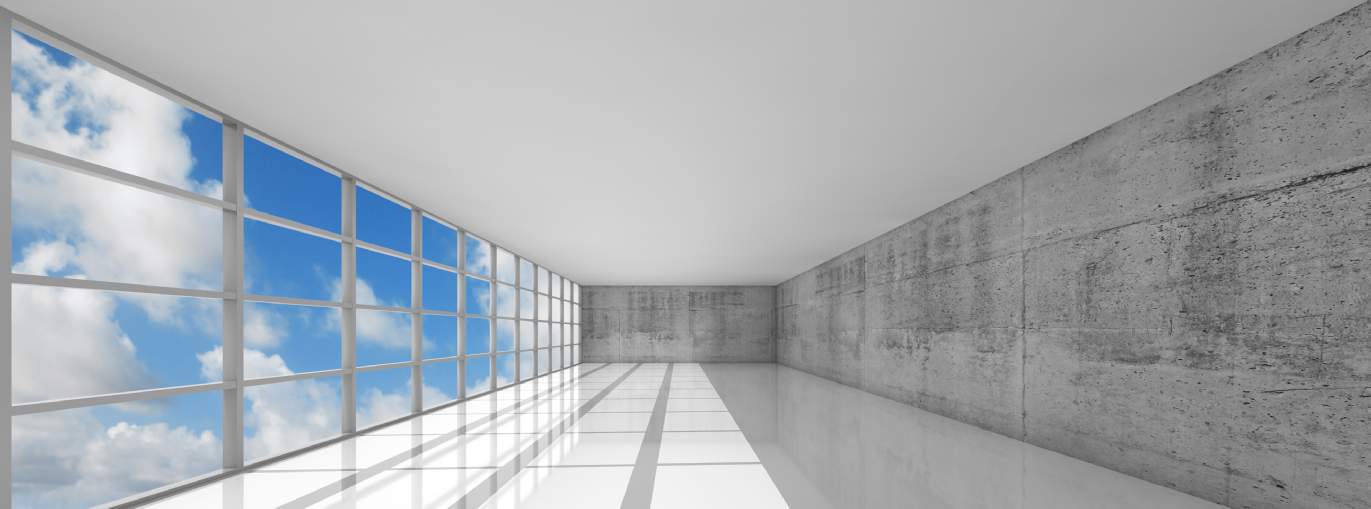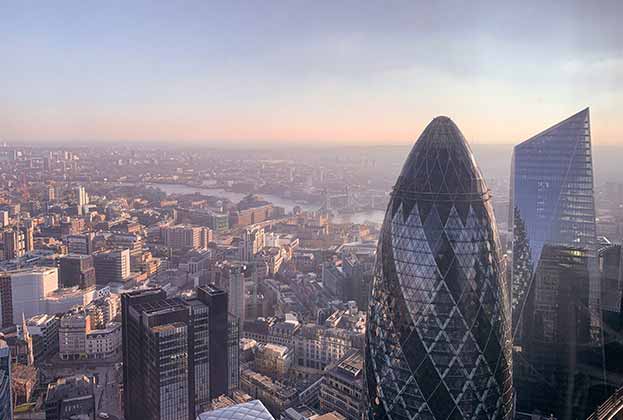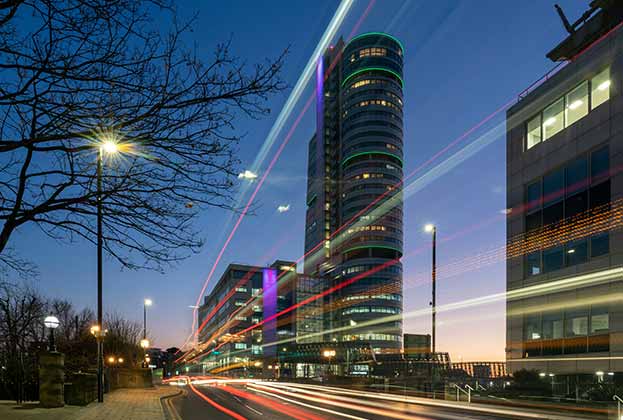Do London occupiers prefer shell and core or a Cat A finish? It’s a regularly asked question in 2022 and the answer lies in an understanding of what occupiers want from their offices.
The case for finishing a building to shell and core – the installation of the basic structure of a building – has arguably never been greater: construction costs are rising, occupiers have their own specific requirements for office design to attract and retain talent, and the ESG drumbeat gets ever louder as the industry assumes a responsibility for environmental wastage and seeks ways to reduce impact.
For a larger quantum of space the majority of London occupiers now prefer to take space in shell and core/floor in order to improve cost and design efficiencies, and, importantly, reduce carbon emissions.
However, contrary to popular belief, even occupiers looking at 20,000 sq ft+ of ‘ready space’ today would also be happy to consider taking floors without a Cat A finish. Leasing agents point to poor first impressions spoiling the viewing experience, but many businesses of this size will have a sophisticated real estate team.
Of course, timing implications remain a key issue if tenants are in a hurry to occupy, and this could act as a drag on demand for shell space, but with environmental considerations at the fore, if ever the market is ready for this change, it might be now. Occupiers would view it favourably and landlords should not be fearful of the risk that ‘incomplete’ space won’t let.
However shell and core is not for all. Often occupiers in the smaller brackets (sub 20,000 sq ft) prefer the works (either Cat A or Cat A +/Cat B) to have been carried out. Largely this is down to the sheer quantum of options available to them, with the building’s finish being the only point of difference. Timing is important here as many smaller tenants tend to be in a hurry to take occupation, opposed to planning a relocation years in advance.
There are other factors on occupiers’ wish lists when choosing an office. Natural light is one, along with access to outside space, enhanced end of trip facilities, and an ‘active’ building reception with soft seating, and a coffee/café provision. For larger buildings, the presence of a serviced office operator is important too, naturally adding greater vibrancy with a mix of businesses using the space.
Sometimes forgotten are the simple things that generate a positive reaction, such as ensuring security/front of house are welcoming on arrival. Also, landlords need to balance out amenities with not forgetting the basics – bike storage and showers are great, but they’re not as important as ensuring you have over-provided for WCs. Similarly, box ticking of amenities such as roof terraces only goes so far if access arrangements are clunky and the design /configuration of the office poorly thought out.
Hybrid working is being adopted across all sectors and company sizes. With the expectation it is here to stay it will undoubtedly impact office design. It’s worth highlighting however that in London tenants only ever occupied their offices at around 60 per cent pre-Covid so as many buildings see occupancy levels creep back up to 50 per cent on peak mid-week days, we’re not in as different a place as made out in the some sections of the media and political arena.
Further information
London offices: what's happening and where next in 2022

-impact-the-office-sector(1).jpg)

.jpg)






